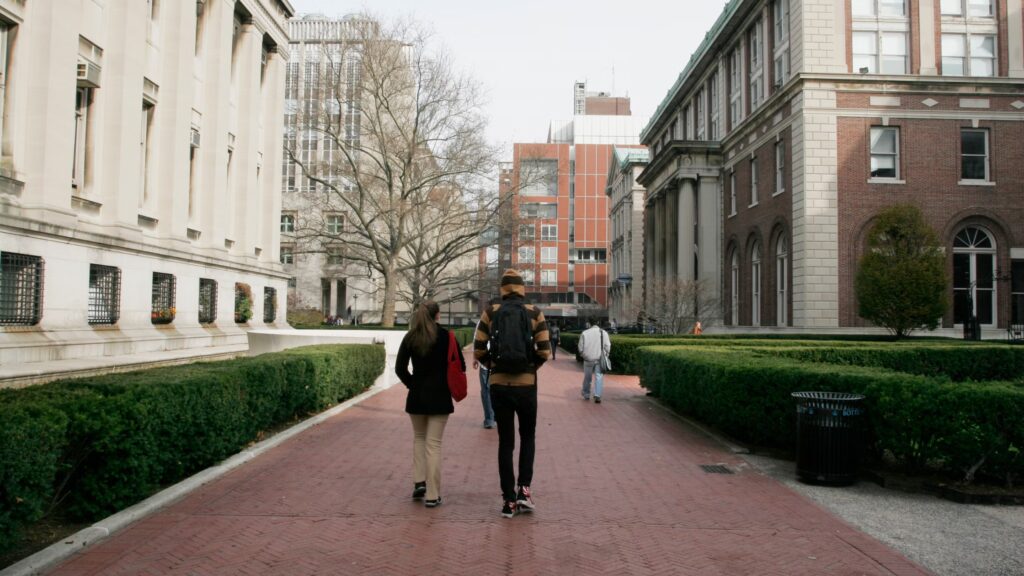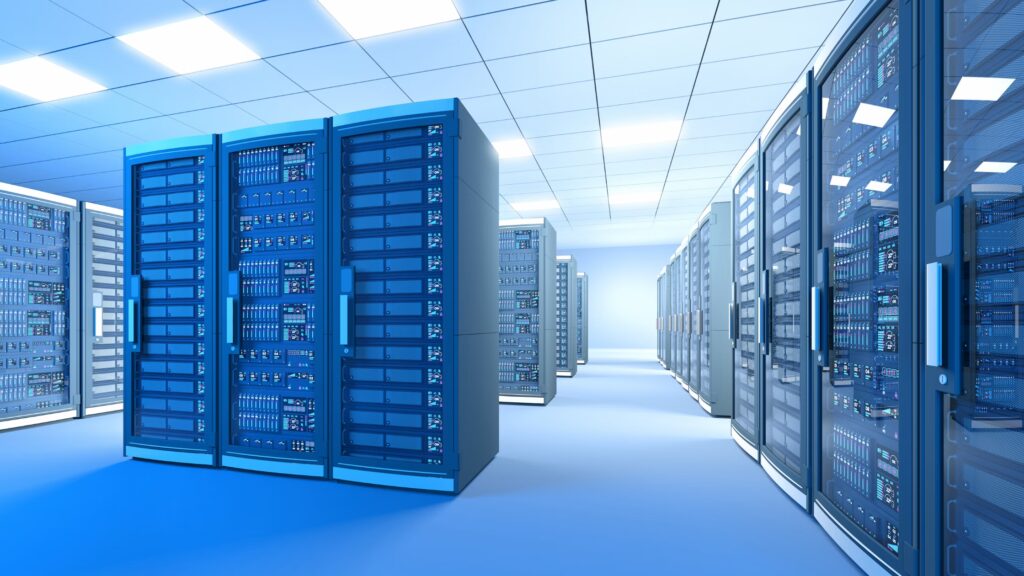Carbon Offset Credits: Not a Punchline
- by Gabe Plotkin
- October 3, 2024
Carbon offset credits have been in the news a lot lately—and not in a good way. John Oliver mocked some forestry projects for claiming to have saved trees that were never going to be cut down in the first place. A Guardian article claimed that a large percentage of rainforest carbon credits did not represent genuine emission reductions.
This negative attention really concerns me. Not because carbon offset credits are beyond scrutiny—they should be scrutinized. Rather, this negative attention concerns me because it paints with unfairly broad strokes a simplistic view of what is a very complicated, complex, and crucial topic of conversation.
Picking on forestry credits for laughs or implying fraudulent behavior in a particular project may grab attention. But it elevates a single instance of concern into the defining characteristic of an entire ecosystem. Conventional wisdom becomes “carbon projects are laughable,” when the reality is very different. And it all distracts people from the real threat we face – catastrophic climate change – and the critical role that high-quality, high-impact carbon offset projects play in preventing it.

Carbon credits are critical
Here is some news that I want to share, and that I hope will go viral:
We will not be able to keep the world from heating to catastrophic levels without companies like Tradewater permanently destroying refrigerants and controlling methane at scale. These “non-CO2” gases have an outsized effect on global warming, and every single path to meeting the Paris Agreement’s goals includes preventing these gases from being emitted into the atmosphere. And the only meaningful money being spent to prevent these gases from being released comes from carbon offset markets.
As Tradewater explained in our recent statement, carbon offset projects, done well, buy us time to transition to a low-carbon economy. They can also pay to solve environmental problems that would otherwise be ignored, while creating jobs and driving innovation along the way.
Who is telling that story? What will it take for John Oliver to make a joke that drives people toward these important solutions? How can we garner the same kind of attention?
The story of Tradewater’s refrigerant carbon credits
One of the potent greenhouse gases that Tradewater hunts down and destroys is R-12 refrigerant (also known as a CFC). R-12 is a gas that cannot be made anymore. Production was banned under the Montreal Protocol because it depletes the ozone layer. But that production ban also turns out to be key in the fight against climate change because R-12 has the power to heat the planet more than 10,000 times as much as CO2.
Even though you cannot make R-12 anymore, there are hundreds of millions of pounds of this type of CFC gas scattered throughout the world, still in use or sitting in stockpiles. It is slowly leaking into the atmosphere and contributing significantly to global warming. If we let all of it get released, it would lead to more carbon emissions than the annual emissions of the United States and European Union combined.
Despite this, no government body on Earth is working to collect and destroy these gases. None. The United Nations, through the Montreal Protocol, assumes everything produced will eventually be released, and it provides no funding to help countries pay to destroy R-12. The United States, like almost every other country in the world, encourages people to transition to new, less harmful refrigerants, but it does not mandate that companies destroy R-12 at the end of their life or provide any funding to do so. It simply sits silent in the face of this problem.
Enter carbon offset credits.
When California passed its landmark climate bill in 2006, it put a price on carbon emissions and gave a financial incentive for large polluters to reduce emissions. It also created a path for people to “pay” for emissions by buying carbon offset credits from companies that took it upon themselves to fix the problem of R-12 refrigerant that the United Nations and U.S. government were ignoring.
Tradewater was born from this opportunity. Knowing that people would pay us if we found a way to collect these stranded and forgotten cylinders and cans of R-12, Tradewater hired young people and gave them jobs to fight climate change on the front lines. We started to hunt all over the United States, looking for R-12, and developing relationships with freight companies and destruction facilities to safely transport and destroy the cylinders and cans of R-12 that we found.
Our work has had a meaningful impact. To date, in the United States alone, we have collected and destroyed more than 1.2 million pounds of refrigerant gas, preventing the release of more than 5.6 million tons of CO2 equivalent.
What’s more, we have not stopped with the United States. While California limits eligible offset credits to projects located in the United States, our participation in the California program helped us appreciate the scope and scale of this problem globally. It led us to realize that our relationships, know-how, and dedication to this problem, makes us uniquely positioned to take it on.
We have expanded our hunt for R-12 to Africa, South and Central America, Asia, and the Middle East. We have figured out how to collect and safely transport and destroy refrigerants found in backyard sheds in Ghana, technician shops in the Dominican Republic, and old warehouses in Honduras. We have now located R-12 in over 15 countries globally and hired staff on multiple continents to go after it.
We have done all of this knowing that our only path to success is the carbon offset market. It is expensive to hire staff and search the globe for R-12 refrigerants. It is expensive to collect and transport and safely destroy the gas we collect. We spend millions of dollars a year to do this work.
And the only funding source available to us at the scale needed to pull it off comes from the sale of the carbon offset credits we generate when we are done.
The integrity of Tradewater’s refrigerant carbon credits
Among those lampooned and vilified in the John Oliver segment and Guardian article were the buyers of carbon offset credits. The corporations who happened to buy offsets from the targeted projects were named and shamed. This, of course, has a chilling effect.
Most companies today are very serious about their sustainability commitments. They take steps to reduce their emissions and support carbon offset projects because they genuinely want to be responsible stewards of our planet.
But if carbon credits are a joke, or buying them risks being on the receiving end of public ridicule, why would anyone do it? Put another way: if the only narrative that exists is that carbon offsets are laughable, or untrustworthy, then the cylinders and cans of R-12 that we have discovered around the globe will sit and continue to leak.
The Real Punchline
The real punchline is this: the fight against climate change is an existential battle.
We need to do everything we can to prevent the release of greenhouse gases and pull carbon from the atmosphere. High-quality, high-impact carbon offset projects – those with the highest degree of additionality, accuracy, and permanence, like Tradewater’s refrigerant projects – are essential in this fight, and they must be encouraged and supported.
Unfortunately, this message is complicated. It does not lend itself to jokes or clickbait. It also requires people to think and learn. There are no shortcuts or simple rating tools that can explain the nuance of these projects and how they are used by corporations and individuals to lead the fight to save our planet. Indeed, if it were easy, we would not be in the mess we are in.
The good news? The thinking and learning required is worth it. We still have a chance to get ourselves out of this mess.
Our other statements
The Role of Carbon Credits in Higher Education’s Sustainability Journey
As more colleges and universities step up their climate efforts, one question keeps coming up:…
Buyer coalitions and the carbon market: Demand-side innovation
As promising as buyer coalitions appear, they raise critical questions: Can they truly address the…
Bridging the grid gap: data center sustainability in fossil-fuel dependent regions
The world is witnessing an unparalleled surge in AI-driven technologies, revolutionizing industries from healthcare to…





